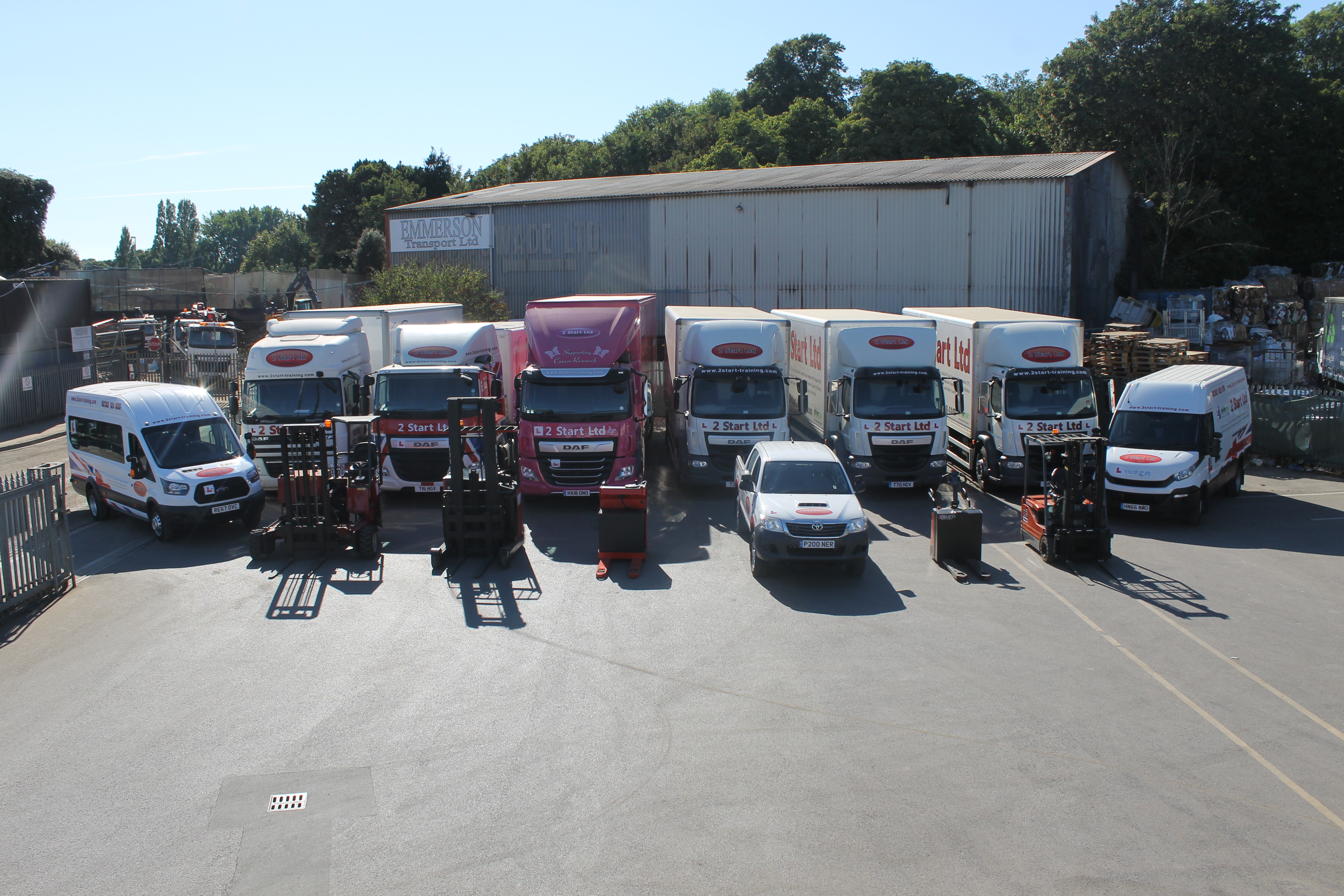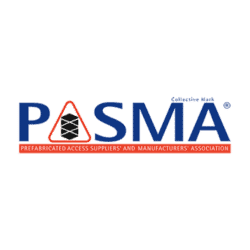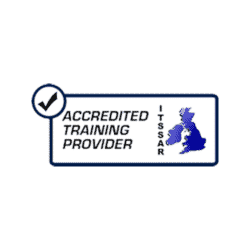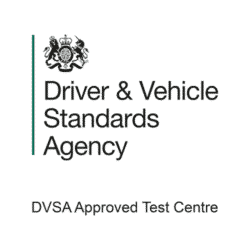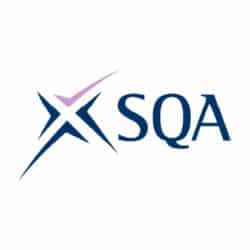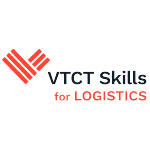When looking to start a career in logistics or HGV driving, there is a lot to get your head around and many different words you would have probably never heard before. Let’s look at logistics abbreviations explained.
Starting a new job is daunting and the last thing on your mind is the abbreviations people use, however, we thought we’d help you out that little bit further and give you the low-down on some of the language (aka “the lingo”) and terms that will be useful to memorise.
This article will start with some of the more basic terms, before getting into the real jargon that can be seen within the industry.
HGV
The acronym HGV refers to a ‘Heavy Goods Vehicle’, which is commonly known as a lorry or truck with those wishing to drive this category of vehicle needing to gain their HGV licence.
LGV
LGV stands for ‘Large Goods Vehicle’ and is used as an alternative to ‘HGV’, with both abbreviations meaning the same thing, referring to driving lorries.
Cat C+E
Cat C+E is the shorthand version of Category C+E which is the same driving licence certification as a Class 1 licence.
A Class 1 licence refers to gaining a Category C+E HGV licence, which allows you to drive articulated lorries. The term ‘class 1’ is commonly interchanged with the term ‘C+E’ when speaking about Articulated lorry training and driving.
Cat C
Cat C is the shorthand for Category C which is also known as Class 2.
The Class 2 licence allows you to drive rigid lorries. The term ‘Cat C’ is also commonly interchanged with the term ‘Class 2’ when referring to rigid lorry driver training.
When people mention Class 2 licences, they are talking about Category C HGV vehicles.
HIAB
HIAB is a popular brand name for lorry-mounted cranes.
Our HIAB courses teach students how to operate lorry-mounted cranes, with multiple attachments available including Brick Grab, Hook, and Clamshell.
FLT
FLT stands for Forklift Lift Truck. This abbreviation can be used in a variety of ways, such as FLT licence or FLT training. A Forklift is a machine, used to pick up and move cargo from one destination to another. Forklifts are commonly used in warehouses.
CPC
CPC stands for Certificate of Professional Competence and is needed by all candidates who want to drive a vehicle over 3.5-tonnes professionally or for hire and reward purposes.
35 hours of CPC training is required every 5 years, with modules not allowed to be repeated within this time.
DVSA
The acronym DVSA stands for Driver and Vehicle Standards Agency.
The DVSA is the governing body for all UK driving tests including Category B (car) licences through to C+E HGV (Lorry) licences.
ADR
ADR is the abbreviation for the ‘European Agreement concerning the international carriage of Dangerous goods by Road’. Most European countries have signed up to this.
ITSSAR
This stands for the ‘Independent Training Standards Scheme and Register’. ITSSAR is one of the accrediting bodies that 2 Start work with to ensure high standards of training.
All our forklift and rough terrain training is completed under ITSSAR. This means that when you complete either training with us, you receive a certificate that is widely recognised.
MAM
MAM is the abbreviation for ‘Maximum Authorised Mass’ of a vehicle. This is the weight of a vehicle or trailer including the maximum load weight that can be safely carried on the road.
Each vehicle has a different MAM, so it is important that you know the weight limits of the vehicles you operate.
The abbreviations are just the beginning of the language you will hear once you start your career in this industry. Hopefully, this will help you on your way to begin your journey in the logistics and HGV industry!
